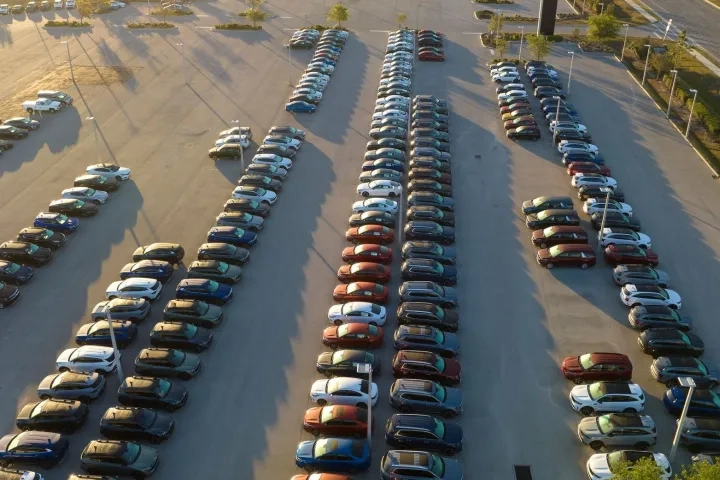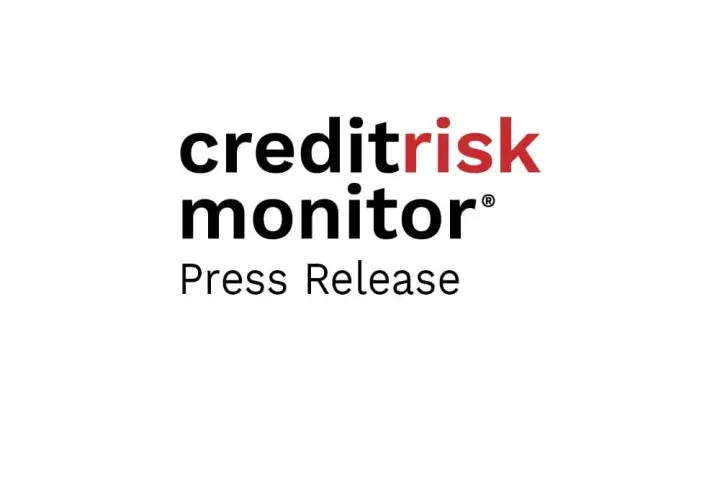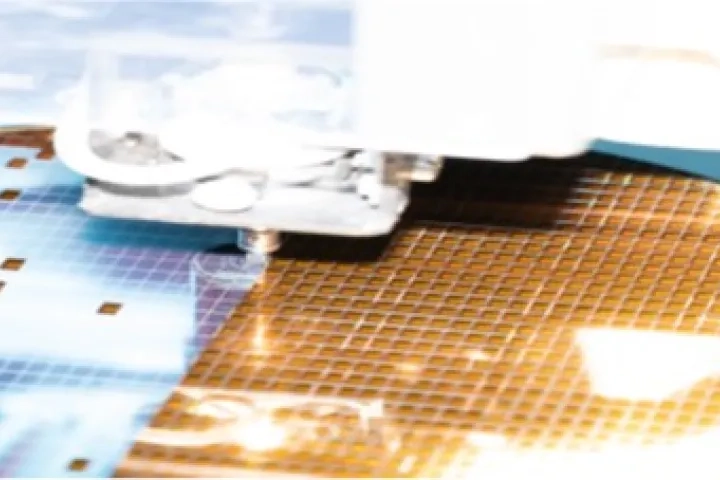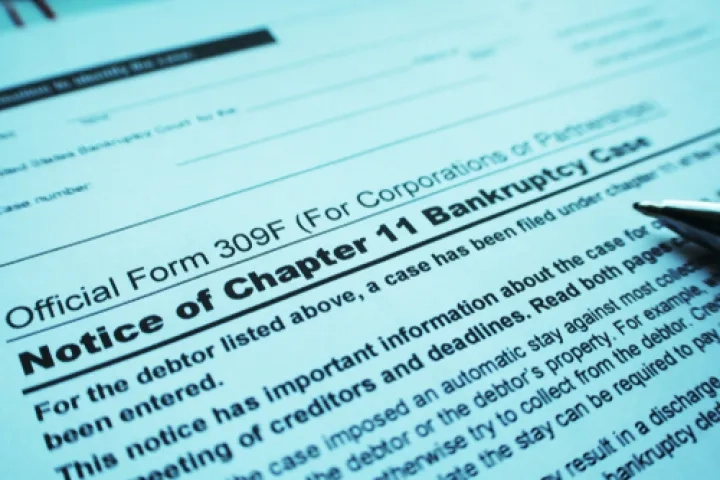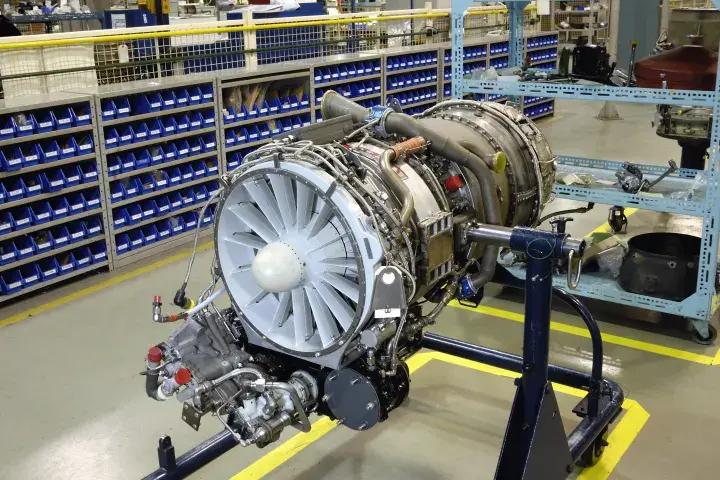In September, Tricolor Auto Group, a privately-held auto dealer and subprime lender, filed for Chapter 7 bankruptcy liquidation. Our 80%-accurate PAYCE® Score warned of elevated bankruptcy risk for 12 consecutive months, enabling clients to identify and mitigate risk exposure. Learn how our AI-driven financial risk analytics provide clear, actionable insights every day.
